10 sure-fire ways to make your lead guitar tone cut through the mix
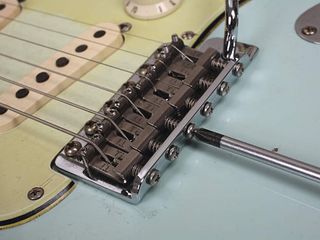
Set up your guitar
Does your lead guitar tone always get lost in the mix? Do your solos fail to cut through? As part of Solo Week on MusicRadar, we present 10 sure-fire ways to make yourself heard when the time comes to cut loose. First things first, make sure that your favourite six-string squeeze has the set-up it deserves...
A good set-up – that’s proper intonation and a buzz-free action – will aid sustain and harmonic resonance, important factors when you’re up there wringing as much sustain as you can from your instrument. Optimise (but don’t just raise) the height of your pickups for individual string clarity and balance, increased response, and to experiment with the relative volumes of your pickups. Strat players – is your bridge fixed or floating? Fix it down for more sustain.
In addition, string gauge, and the material they’re made from, has a bearing on more than just the feel of your guitar. While the likes of Brian May and Billy Gibbons prefer an extra light gauge, the general consensus is that bigger strings bring increased volume, tone, more pick responsiveness and sustain; the cost being the extra strength and stamina required to play them.
Try going up a gauge next time you restring, and see for yourself. Tune to Eb (á la Stevie Ray) to ease yourself in if necessary.
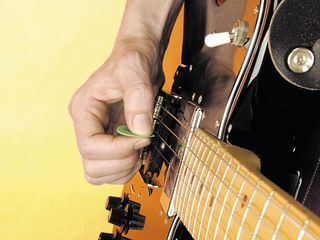
Pick your pick wisely
Dynamic range – quiet, loud and everything inbetween – is what audiences unconsciously listen out for, and they listen in a sophisticated way. Imagine a singer who screamed every note at exactly the same volume – there’d be no variation, and no drama. And no audience.
Control over the quiet-loud dynamic is one of the things that separates pro musicians from amateurs. The way to achieve it is to start at the beginning of your signal chain – your brain, your fingers and what you strike the strings with.
Experiment with your pick attack, the angle you strike the strings at, using your fingers, different plectrum materials, and combine pick and fingers.
Pop, snap, scrape and dig in – the guitar is the most expressive instrument there is in terms of sounding a note, and all of these techniques will help you prick up your audience’s ears. And sometimes, grasshopper, silence can be your greatest weapon.
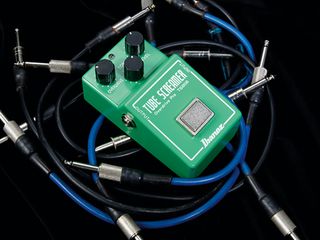
EQ, and you will find…
If your solos are struggling to cut through, it’s quite possibly because your sound is competing with something else that shares the same frequency range. Any adjustments to your amp EQ should ideally be done in the overall band mix, especially with two guitars.
A guitar’s clarity benefits from emphasising the mid-range, hence the evergreen popularity of the mid-boosting Ibanez Tube Screamer overdrive pedal, and the way that extreme ‘scooped’-EQ metal tones which over-emphasise low and high end sound great on their own but often vanish live.
EQ pedals such as the BOSS GE-7 can be deployed to increase perceived volume while eliminating feedback, by cutting and boosting particular frequencies. If your amp has an FX loop, try it in there to control both channels. Alternatively, BBE’s Sonic Stomp approaches the problem by correcting the phase relationships between low, middle and high frequencies.
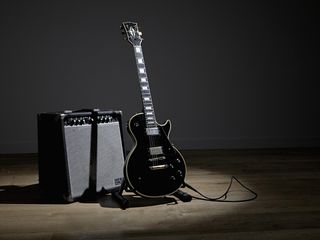
Less is more
Thin, fizzy, undifferentiated, indistinct, woolly lead tones – the language used to describe unsatisfying tone always implies something’s missing. So no wonder the mindset of the guitarist becomes fixated on solving problems by adding more of everything – hotter pickups, more gain, bigger amps, more pedals and so on.
But this attitude can be your undoing onstage. In a band mix, for more cut-through and clarity, try experimenting with the low-gain input and more volume, and dial in less gain, less reverb, less delay, and use fewer FX than you think you need.
And remember the acoustic profile of each room you play in will be different. Pro players spend their soundchecks tweaking their already dialled-in sound settings to match the room, not playing licks. Ask the other guitar player or someone whose ears you trust to go out front and listen as you line check.

Use your volume, tone and pickup selector controls
Watch the likes of Joe Bonamassa live and you’ll see that virtuoso soloists constantly adjust their tone and volume controls.
If you’ve never tried it (and surprisingly few guitar players have), dial in your sound with your guitar's volume control set to (say) seven. Find where the sweet spots are for clean and crunchy drive tones, and then, when it’s solo time, roll her back up towards full to hear that amp roar smoothly into life, with dynamic, harmonically rich overdrive, increased high-end and singing sustain.
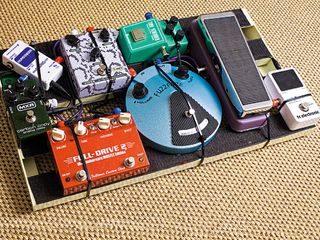
Order of the day
It seems a shame to unsettle them, given they’re probably all nestled together comfortably on your pedalboard. But if you’re having trouble being heard during solos, and you use plenty of effects, it may be time to rethink the order.
The accepted rules are there to be broken, particularly when you have combinations of drive, boosts and even fuzz in the mix.
Quick-fix effects solutions to get your solos noticed include using two distortion pedals as your rhythm and lead ‘channels’, though you’ll have to get used to switching between them (some, like the T-Rex Mudhoney II, incorporate two channels in one design).
And almost imperceptible slapback-style delay, especially in a three-piece band, will create the illusion of a finessed, ‘double-tracked’ sound, making it easier for your audience to pick out single note melodies and lead lines. It's also a great trick for thickening up rhythm parts.
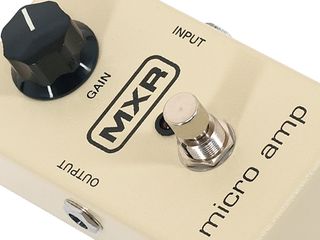
Boost out of the box
Plenty of pedals exist to provide a transparent (or not-so-transparent) hike to your volume, providing your amp isn’t already flat out and is equipped with sufficient headroom for them to make a difference to the dB level. The specific characteristics of the boost you want are all-important when choosing one.
The popular MXR Micro Amp is a straightforward clean boost with a single control, designed to add a preset level of gain. Seymour Duncan’s SFX-01 Pickup Booster adds flat-EQ boost in the same way, but when used first in your signal chain, can make a single-coil sound more like a humbucker.
Pedals like the Keeley Katana offer subtle gain as well as clean boost options, and overdrive pedals like the Fulltone Full-Drive 2 and Z-Vex Super-Duper 2-in-1 have more advanced boost functions to colour your solo tone. If you want to emphasise smoothness and sustain and control note attack, then you might consider a compressor instead.
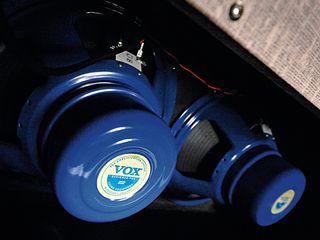
Amp and speaker choice
If you’re underwhelmed by your overall lead tone, assuming your amp is working as it should be, there are still changes you can make. Ask yourself – is it the right amp for the job? Low-powered valve amps might hold their own with a drummer but lack the headroom to allow you to boost the overall dB level any further.
Bigger isn’t always better, either. Amp overkill in a small venue is a sad sight – much like watching someone struggling to lift too heavy a weight in the gym.
The object of the exercise for optimum lead tone is to get the amp hot enough to ‘break up’ at a practical stage volume.
Learn your amp: change preamp tubes to alter the gain characteristics, and exchange speakers (and cabs) for different levels of efficiency and presence, and a surprising tonal makeover.

Double trouble
Since you’ve lugged it there, you might as well use your spare amp (you do bring a spare, right?) to improve your presence.
Combine two different-sounding amps and tweak their EQs for massive mongrelised tonal nirvana (Fender cleans, Marshall drive for example); or for a wide-seeming sound, use two similar-sounding amps for stereo effects like a Lesley simulator or ping-pong delay (bearing in mind that, unless they’re miked and panned hard, you’ll need plenty of space between them).
There are many ABY boxes on the market that allow you to split your signal, such as the Morley ABY, or Radial’s Tonebone Bigshot or high-end Switchbone. If you just want to run two amps simultaneously then check your existing stompboxes, one of them may have stereo outputs.

Talk to the band
Work with the other guitarist in your band to differentiate your tones. Whether this is by using different-but-complementary guitar combinations like Les Paul and Telecaster, Strat and SG and so on, or simply making sure you’re both using different pickups and distinct EQ – invest time in this aspect of your performance and you’ll reap the rewards.
And remember that volume is far from the only factor that audiences pick up on. Design your guitar parts to be tonally unique, use repetition and work on phrasing, occupy the spaces in the arrangement and the mix.
Finally, work on band dynamics as a whole during solos – the greatest resource you have to ensure you’re heard is the rest of your band.
Liked this? Now read:
12 best amps for heavy metal
10 best amps for blues
Connect with MusicRadar: via Twitter, Facebook and YouTube
Get MusicRadar straight to your inbox: Sign up for the free weekly newsletter










